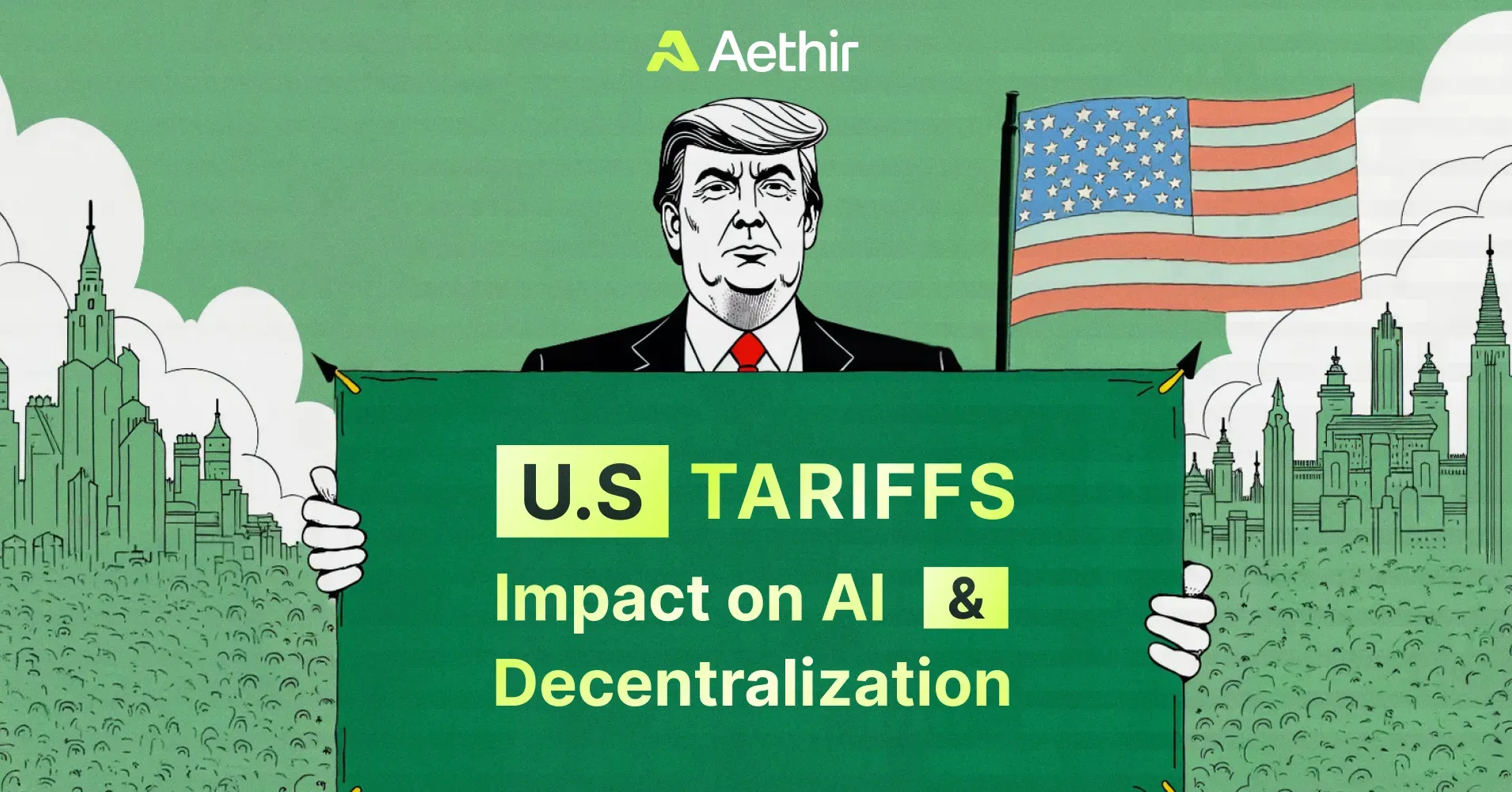The impact of AI tariffs on the burgeoning artificial intelligence industry is poised to usher in a new wave of financial ramifications. With President Trump’s recent tariff announcements, leading AI companies, already grappling with vast investments in AI data centers, now face skyrocketing costs. These tariffs threaten to amplify the financial burden associated with building necessary AI infrastructure, as essential computer parts and cooling systems are typically imported. Notably, while Nvidia may benefit from tariff exemptions due to their manufacturing base in Mexico, other companies may not share the same fortune, leading to increased AI infrastructure expenses across the board. Ultimately, these tariffs could push companies to seek AI investment abroad, posing significant challenges to the U.S.’s position in the global AI landscape.
Exploring the ramifications of tariffs on artificial intelligence technologies reveals a significant concern for the sector’s growth. As the landscape of AI companies navigates heightened financial pressures, many face an uphill battle in achieving their goals for expansion and innovation. The obstacles posed by increased costs associated with developing AI data centers may shift strategies towards overseas investments. Furthermore, while some hardware suppliers might find refuge under tariff exemptions, others could be forced to absorb rising expenses, potentially stunting growth within the domestic AI market. The complexity of these economic shifts necessitates a closer examination of how such trade policies might influence the evolution of AI infrastructure and competitive standing on the global stage.
The Impact of Trump Tariffs on AI Companies
In the wake of President Trump’s imposing tariffs on foreign trading partners, AI companies found themselves facing a wave of uncertainty and increased operational costs. The announcement rattled investors who saw stock prices plummet as the looming threat of elevated expenses began to dominate conversations in boardrooms across tech industry giants. Analysts forecast that these new tariffs could lead to a significant increase in the cost of building and maintaining AI data centers, a necessary investment for training complex AI models effectively.
As many components needed for these data centers are imported, tariffs elevate their prices, especially for essential equipment like servers, power systems, and cooling infrastructure. This could have a cascading effect on AI projects, possibly causing a delay in innovation and development within the United States. With some companies already exploring options to invest in AI infrastructure abroad, the tariffs could inadvertently stifle domestic industry growth, pushing firms to seek cheaper alternatives overseas.
Frequently Asked Questions
How will AI tariffs impact AI data centers costs in the U.S.?
The recent AI tariffs are expected to significantly increase the costs of constructing AI data centers in the U.S. This is primarily because many components, including servers and infrastructure, are imported and will incur tariffs. With the escalating expenses of building these facilities, firms may find it more financially viable to establish data centers overseas, potentially impacting the U.S.’s competitive edge in AI development.
What are the implications of Trump tariffs on AI companies?
Trump’s tariffs can adversely affect AI companies by raising the costs associated with importing necessary equipment for AI infrastructure. Although some chips are exempt from tariffs, many AI servers, often packaged with these chips, are not. This could hinder the industry’s growth and increase operational costs for AI firms, driving some to consider investments abroad where expenses may be lower.
Are Nvidia servers affected by the AI tariffs announced by Trump?
Most Nvidia servers are likely to be exempt from Trump’s tariffs due to assembly processes in Mexico that qualify them under free trade agreements. This exemption could alleviate some financial burdens on Nvidia and mitigate the tariffs’ overall impact on AI infrastructure costs for the company.
In what ways could AI infrastructure expenses rise due to tariffs?
AI infrastructure expenses could rise due to tariffs on various construction materials, cooling systems, and power supplies imported to build data centers. These increased costs may lead companies to reconsider their domestic investments in favor of relocating their data centers to more cost-effective regions abroad.
Could tariffs on AI investments lead to data centers being built abroad?
Yes, tariffs on AI investments could incentivize companies to build data centers abroad. As the costs to construct and maintain AI infrastructure in the U.S. rise, firms may look to international markets where expenses related to power and construction are lower, potentially positioning the U.S. behind other countries like China in the AI race.
What long-term effects can AI companies anticipate due to the ongoing tariff situation?
AI companies face uncertainty regarding long-term strategic planning due to fluctuating tariff rates. The increased costs could lead to reduced financial agility for tech firms, potentially impacting their ability to invest in AI innovations and infrastructure as they navigate a challenging economic landscape resulting from ongoing trade conflicts.
Will the cost impact of tariffs on AI data centers reflect on AI services for consumers?
While tariffs may increase the operational costs of AI data centers, these expenses are not likely to be passed on to consumers using AI services. Research has indicated that the costs of utilizing AI are decreasing significantly over time, thanks to advancements in efficiency and competitive pricing, which should help keep consumer costs manageable despite tariff impacts.
| Key Point | Details |
|---|---|
| Impact of Tariffs | Stocks of AI companies saw declines due to concerns over tariffs impacting costs in the industry. |
| Increased Costs for Data Centers | Tariffs will inflate costs for building AI data centers as components are predominantly imported. |
| Chips Tariff Exemption | Chips are exempt if imported as standalone products, but most arrive packaged, incurring tariffs. |
| Potential Workarounds | Analyst notes Nvidia’s servers assembled in Mexico likely avoid tariffs, indicating possible workarounds. |
| Shift in Location of Data Centers | Increased tariffs may incentivize companies to build data centers overseas for cost efficiency. |
| Concerns about US AI Competitiveness | Increased costs could cause the US to fall behind China in AI development, a key concern for policymakers. |
| Short-term vs Long-term Impact | Short-term effects are significant; long-term strategies hindered by fluctuating tariff rates. |
| Cost Decrease for AI Use | Despite higher infrastructure costs, improvements in AI efficiency may continue to lower consumer costs. |
Summary
The impact of AI tariffs is already felt across the technology sector, particularly in the stock prices of AI companies. President Trump’s imposition of tariffs on foreign trade partners is raising significant concerns among investors regarding the future costs of building and maintaining AI data centers in the U.S. As companies grapple with increased expenses from imported components, higher barriers to building infrastructure might lead to a strategic shift towards overseas operations, ultimately risking the United States’ position in the global AI race. Although the near-term outlook is daunting, the efficiency advancements in AI may mitigate some cost increases for consumers in the long run.



